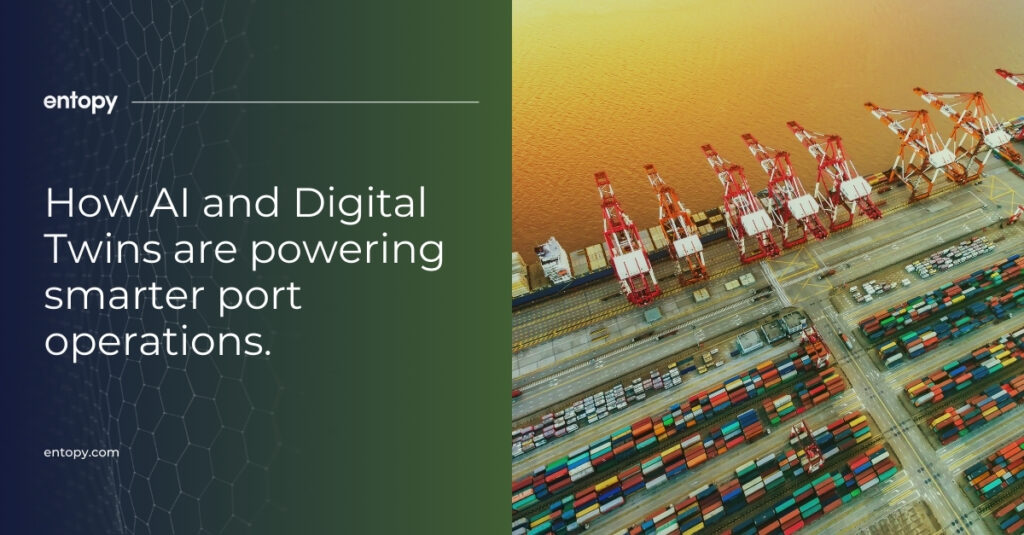Ports and logistics networks are complex environments that run on human expertise, judgement, intuition, and experience built over decades. But today, the pace of change means instinct needs the power of data behind it. Using AI and Digital Twin, our platform predicts events and operational dynamics, showing how they interact and cascade across complex networks, empowering people with foresight to anticipate change, make smarter decisions, and lead with certainty in uncertain times. Because when you can see what’s coming, you don’t just respond to change, you shape it.

